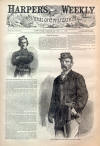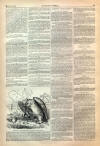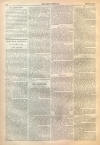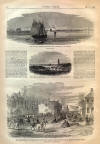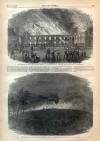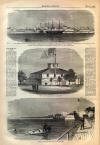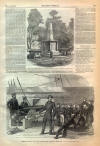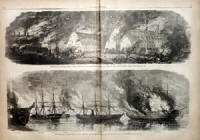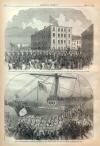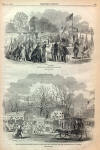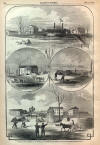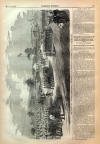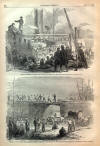Halltown Virginia
|
|
This Site:
|
HARPER'S WEEKLY [MAY 11, 1861 292 VIEW OF FORT McHENRY, BALTIMORE.--FROM A PHOTOGRAPH BY W. H. WEAVER. [SEE PAGE 293.](Previous Page) was seen in the direction of the armory a flash, accompanied by a report like the discharge of a cannon, followed by a number of other flashes in quick succession, and then the sky and surrounding mountains were lighted with the steady- glare of ascending flames. Captain Ashby, with his squad, immediately rode down into the town, and in a short time returned with the report that the troops had fired the public buildings and retreated across the Potomac bridge, taking the mountain road toward Carlisle Barracks in Pennsylvania. On our way down we met a long line of men, women, and boys, carrying loads of muskets, bayonets, and other military equipments. The streets at the confluence of the two rivers were brilliantly illuminated by the flames from, the Ola Arsenal, which burned like a furnace. The inclosure around these buildings was covered with splintered glass, which had been blown out by the explosion of the powder train. A few arm-boxes, open and empty, lay near the entrance; but nearly all the muskets in this building, fifteen thousand as stated, were destroyed. Of the Armory buildings on Potomac Street one large workshop was in a light blaze, and two others on fire. Alarmed by the first explosion, the citizens hesitated to approach the workshops, and warned the Virginia troops not to do so, supposing them to be mined; but presently becoming reassured on that subject; they went to work with the engines, extinguished some of the fires, and prevented its extension, to the town and railroad bridges. The total destruction of property therefore, is confined to the old Arsenal, with its contents; the carpenter's shop on Potomac Street totally destroyed; with slight injury to the stock-turner's shop. All the remaining shops on Potomac Street, with their fine machinery, and all the establishment on the Shenandoah, known as Hall's Rifle- works, are uninjured and complete. There were saved, also—complete and nearly completed—about two thousand first-class Minie muskets in the shops and packing-rooms, together with a quantity of material, iron and wood, in progress of manufacture. I have been informed that a room full of packed arms, numbering five or six thousand, has been discovered since by the troops in occupation. There were very few persons about the streets, and comparatively little excitement manifested during the conflagration. Those seen were chiefly engaged in extinguishing the fire and removing arms and provisions from the adjacent buildings. Some savage temper was manifested against the Government which gave, and the officer who executed the order for destruction; and some of the citizens talked of organizing parties to pursue the retreating troops, but the more considerate advised against it. I do not believe that any pursuit was undertaken, for soon after Lieutenaut Jones left several deserters from his party returned to the town and reported no firing; and it is to be hoped that he was mistaken in supposing his missing turn to be killed. Indeed, up to the date of the burning the best feeling existed between the soldiers and the people; and even after that event, all better-thinking people exculpated the instruments of the devastation, and threw the responsibility where it properly belonged. The estimate of the force advancing upon the town was based upon information given as to the numbers expected, and the report of videttes, who, in the darkness, could not tell the weight of the column, or possibly thought it, only the avant-guard of a larger force. The attacking party was only two hundred and fifty strong. The conduct of the Virginians throughout was quiet and determined, there being no exhibition of vindictiveness, triumph, or excitement of any kind. THE BURNING OF THE BRIDGE AT CANTON, MARYLAND, BY THE BALTIMORE MOB.—[SEE PAGE 293.]THE RENDEZVOUS OF THE VIRGINIANS AT HALLTOWN, VIRGINIA, 5 P.M. ON APRIL 18, 1861, TO MARCH ON HARPER'S FERRY. [SKETCHED BY D. H. STROTHER.]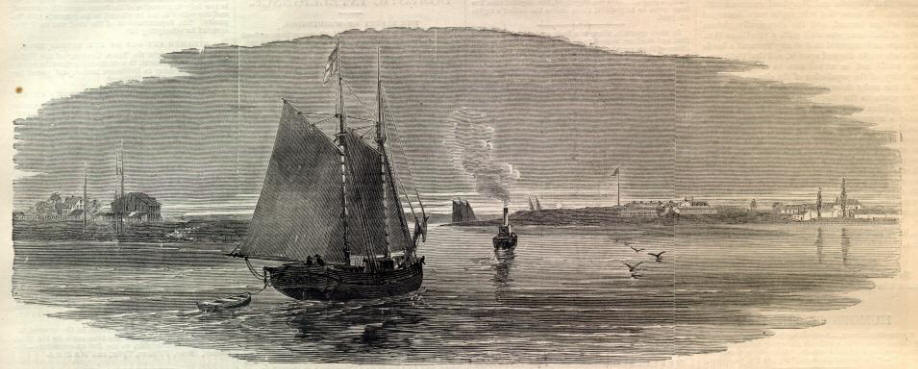 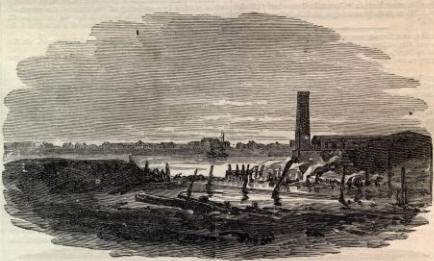 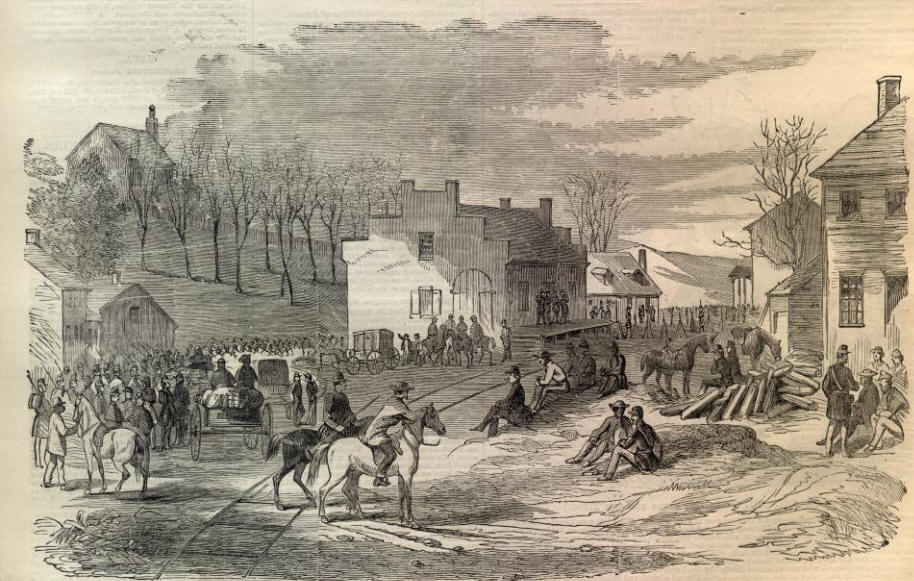 |
|||||||||||||||||||||
|
|
||
|
|
Site Copyright 2003-2018 Son of the South. For Questions or comments about this collection, contact: paul@sonofthesouth.net |
|
|
Are you Scared and Confused? Read My Snake Story, a story of hope and encouragement, to help you face your fears. |
||
